Home >
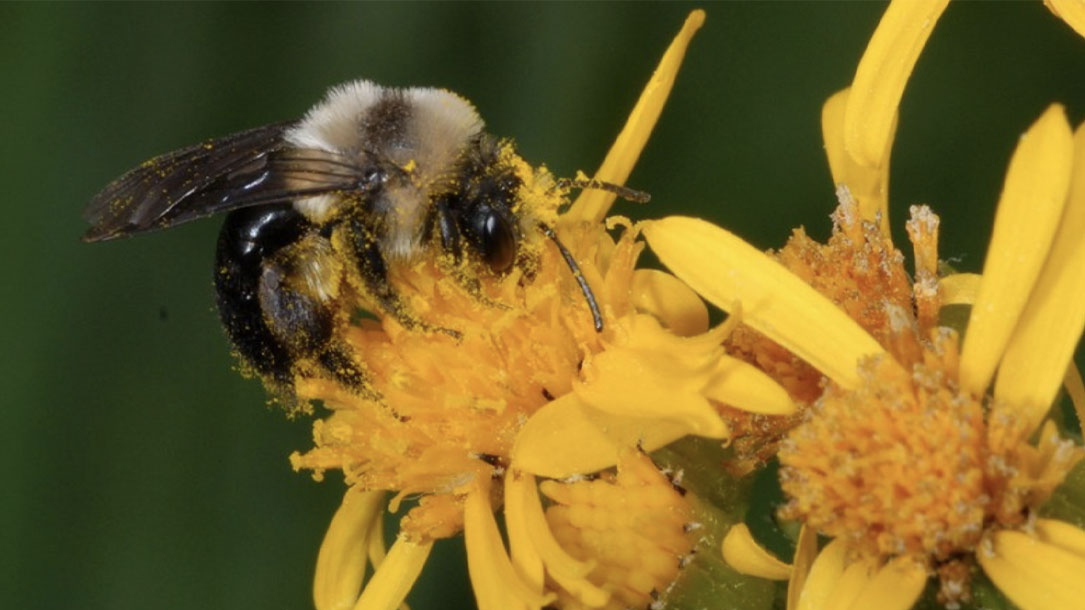
Out of sync: USU ecologists report climate change affecting bee, plant life cycles
Reporting on the first community-wide assessment of 67 bee species of the Colorado Rockies, ecologists Michael Stemkovski of Utah State University and Rebecca Irwin of North Carolina State University say “phenological mismatch,” changing timing of life cycles between bees and flowers, caused by climate change, has the potential to disrupt a mutually beneficial relationship…

Michigan opens 3.3M farmland acres to bee-friendly solar projects
Michigan Democratic Gov. Gretchen Whitmer on Monday announced an executive decision that frees up 3.3 million acres of farmland protected under the state’s Farmland and Open Space Program to solar development. Previously, the land was allowed to host wind turbines and oil and gas exploration, but solar was historically restricted because it was considered to have a larger footprint…
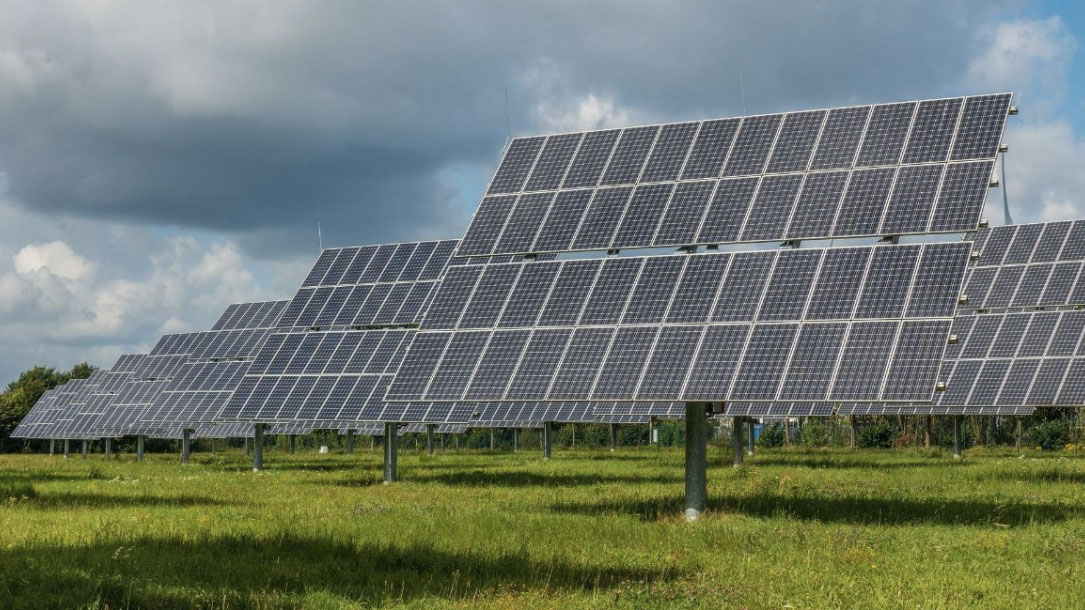
Want to get involved with solar grazing?
he American Solar Grazing Association (ASGA) was founded to promote grazing sheep on solar installations.
ASGA members are developing best practices that support shepherds and solar developers to both effectively manage solar installations and create new agribusiness profits…
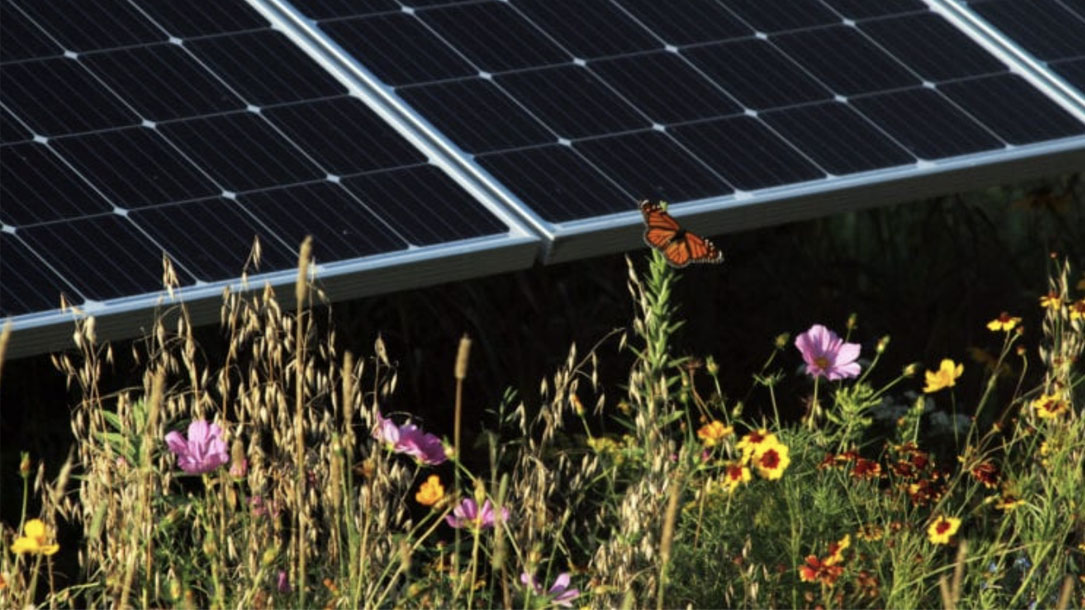
The evolution of rural solar: from panel monocrops to multiple land uses
In farming, companion planting of certain crops in close proximity can provide an array of benefits: from pest control, to flavor enhancement, to increased productivity.
The same concept can be applied to rural solar projects, which have the opportunity to integrate with other land uses, such as crops or pollinator-friendly plantings, and create win-win outcomes for rural communities…
Recognizing the increasing compatibility of solar with rural land conservation, Michigan recently amended its farmland preservation rules to allow solar development on protected farmland, provided that the solar project met the state’s pollinator-friendly standards…

Grasslands may be more reliable carbon sinks than forests in California
Unlike trees, grasslands store most of their carbon underground, in their roots and the soil.
And that makes them more reliable “carbon sinks” than forests, according to this 2018 University of California at Davis study. Because carbon is stored in the soil, it is not released back into the atmosphere when grasslands burn, as it is when trees go up in flames…
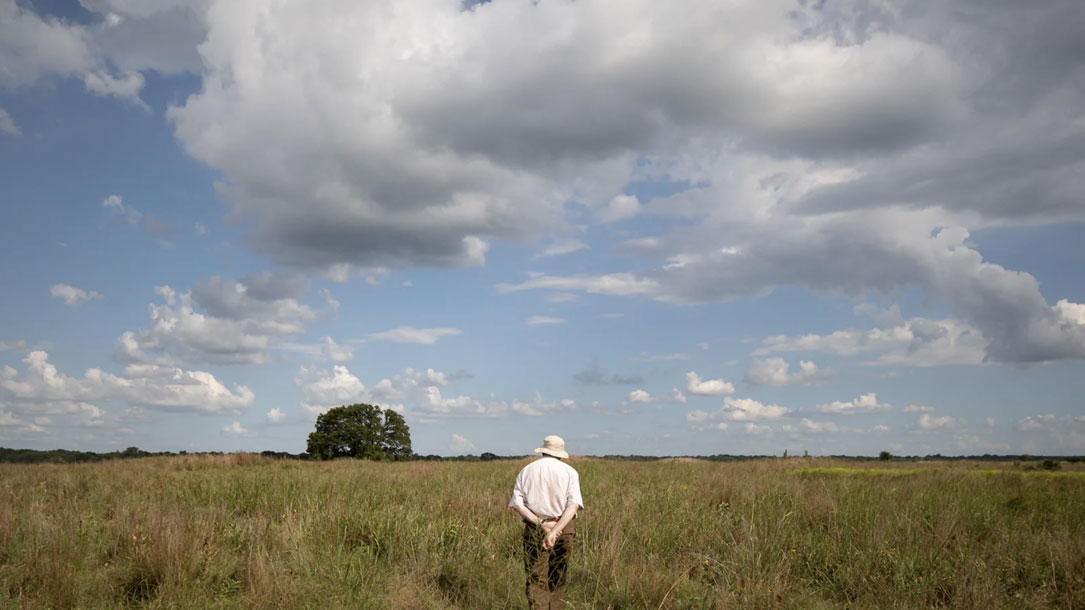
Storing carbon in the prairie grass: plans would pay landowners to keep the ecosystem in a natural state to fight climate change
Scientists say the world needs to cut greenhouse gas emissions nearly in half by mid-century to avert catastrophic effects from global warming. Carbon dioxide is the most prevalent greenhouse gas; the amount in the atmosphere has been rising as humans burn fossil fuels. Not only must the world stop releasing more carbon, some CO2 already in the air also must be removed, experts say.
Unlike trees, grasslands store most of their carbon underground, in their roots and the soil.
And that makes them more reliable “carbon sinks” than forests, according to a 2018 University of California at Davis study. Because carbon is stored in the soil, it is not released back into the atmosphere when grasslands burn, as it is when trees go up in flames…

What impact do seas, lakes, and rivers have on people’s health?
Most of us recognize the calming effect of a walk by the river or along a beach. Victorian doctors used to prescribe the “sea air” as a cure for an assortment of agues and ailments. But while the health benefits of green space are now well known, thanks to the pioneering research of Roger Ulrich and the Kaplans among others, little analysis has been made of “blue space” – the impact of the sea, rivers, lakes, and even urban water features on our health and wellbeing.

Happiness is greater in natural environments
Links between wellbeing and environmental factors are of growing interest in psychology, health, conservation, economics, and more widely…
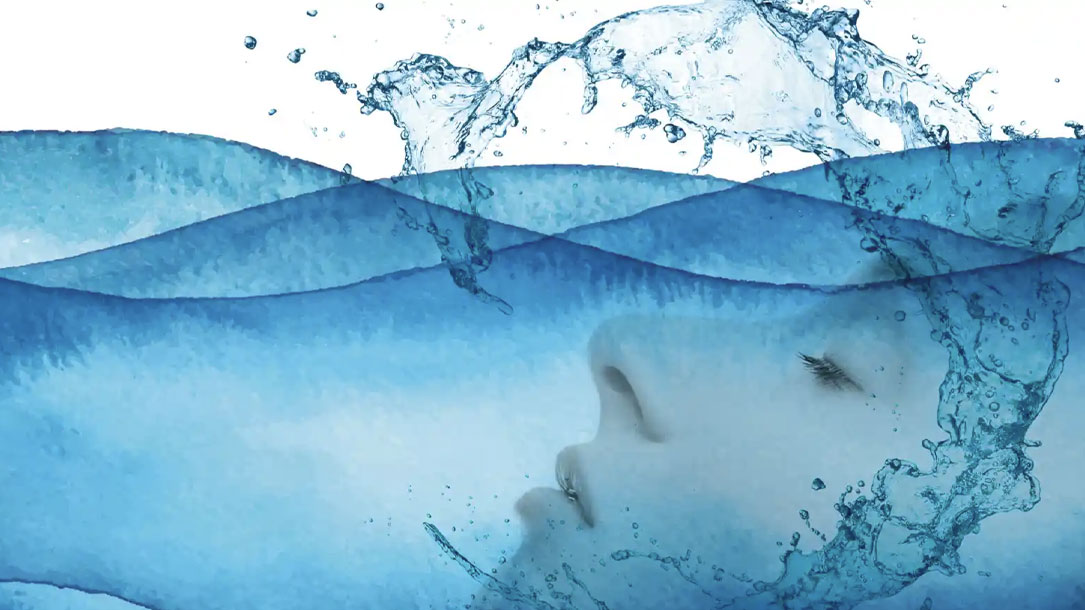
Blue spaces: why time spent near water is the secret of happiness
An extensive 2013 study on happiness in natural environments—to White’s mind, “one of the best ever”—prompted 20,000 smartphone users to record their sense of wellbeing and their immediate environment at random intervals. Marine and coastal margins were found by some distance to be the happiest locations, with responses approximately six points higher than in a continuous urban environment.

URI students assess effects of beaver ponds on the environment
When beavers dam a stream, they create wetlands that provide important habitat but may also generate methane gas, one of the greenhouse gases responsible for climate change. To examine the affect these ponds have on the environment, two students have spent their summer at the University of Rhode Island conducting experiments and analyzing data.












